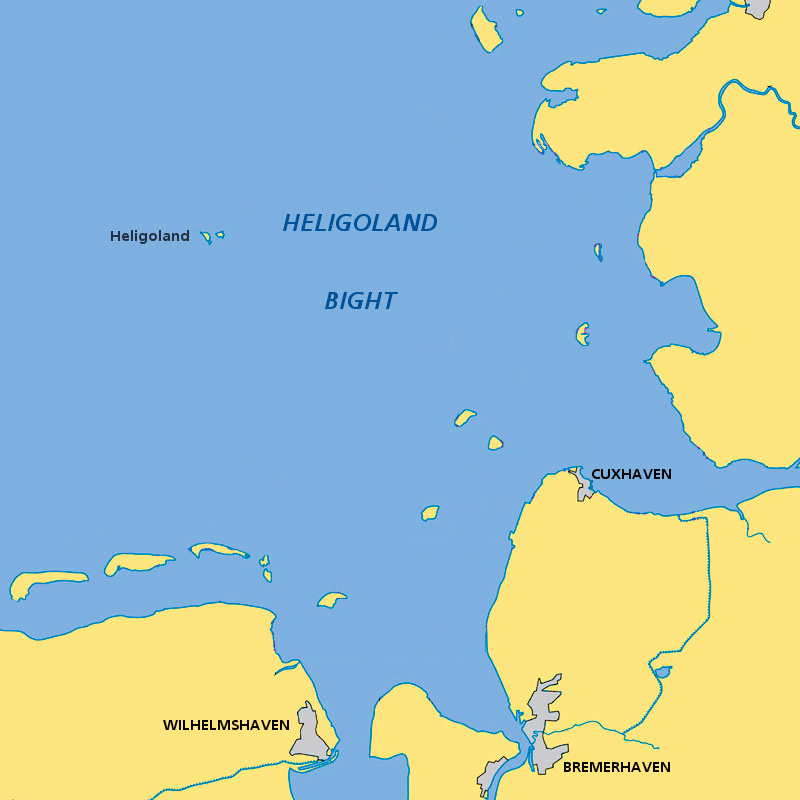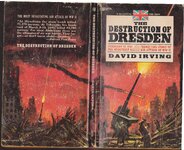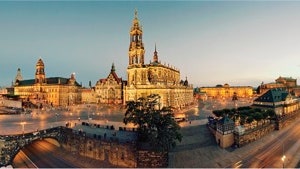Barrett
Staff Sergeant
Agree with the assessment that the RAF was sensible more than afraid. Unless we criticize the command for fears of unsustainable losses!
The video seems to omit an important aspect: the disastrous December 1939 attack on German ships in Heligoland Bight. Lost 12 of 22, leading to a drastic change in policy. Daylight missions incurred heavy losses so Bomber Command shifted largely to night. Heaven knows, those losses were bad enough...

 en.wikipedia.org
en.wikipedia.org
The video seems to omit an important aspect: the disastrous December 1939 attack on German ships in Heligoland Bight. Lost 12 of 22, leading to a drastic change in policy. Daylight missions incurred heavy losses so Bomber Command shifted largely to night. Heaven knows, those losses were bad enough...




